Big cats have always captured human fascination, evoking both admiration and respect. However, while species like lions and tigers often steal the limelight, there are other big cat species that remain lesser-known yet are equally captivating. In this article, we will explore eight big cat species you might not know still roam the wild, each with its unique set of traits and challenges for survival. Let’s dive into the mysterious world of these captivating felines.
The Elusive Clouded Leopard
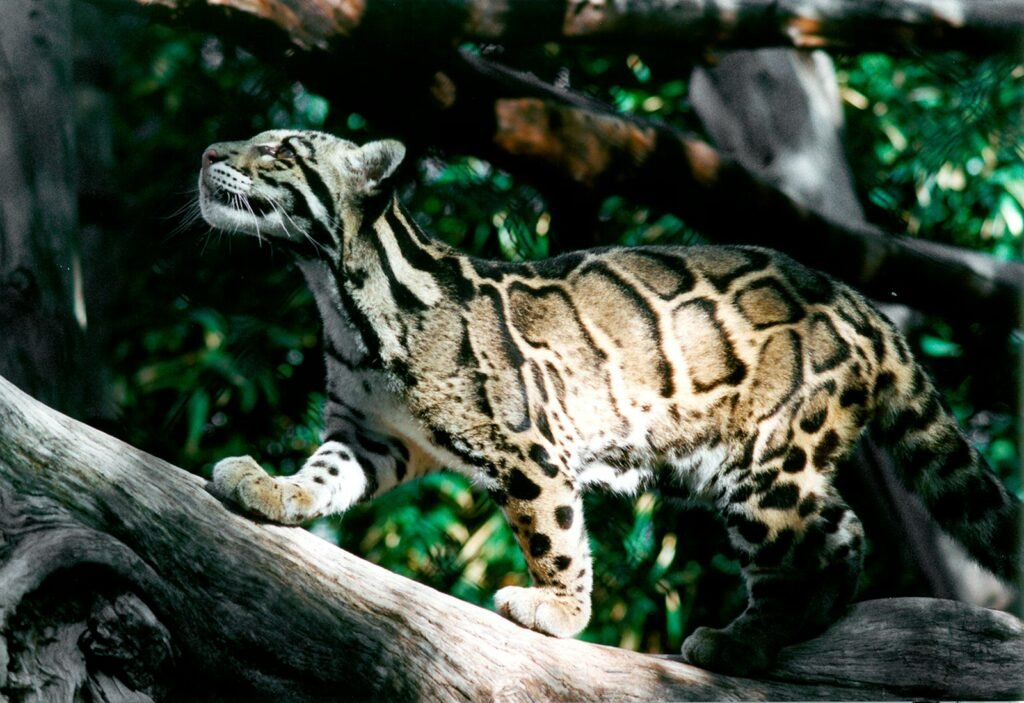
Named for their stunning cloud-like spotted coats, Clouded Leopards are medium-sized cats native to Southeast Asia. Despite their name, they do not belong to the true leopard genus. Known for their exceptional climbing skills, they spend much of their time in trees. Unfortunately, habitat loss and poaching have threatened their existence. Conservation efforts are focused on preserving their natural habitats and reducing human-wildlife conflict.
The Majestic Snow Leopard
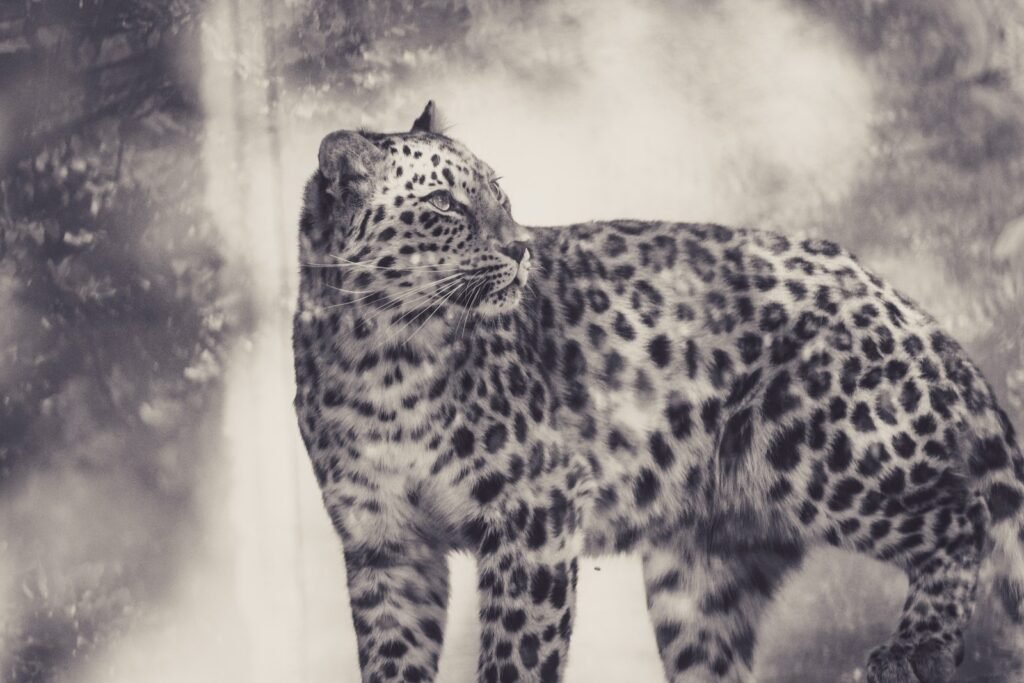
The Snow Leopard, often referred to as the “Ghost of the Mountain,” resides in the rugged terrains of Central Asia. Adapted for cold environments, they have thick fur and a long tail for balancing on rocky cliffs. Despite their widespread distribution, they are classified as vulnerable due to threats such as poaching and habitat fragmentation. Organizations are actively working to monitor populations and develop community-based conservation programs.
The Enigmatic Caracal
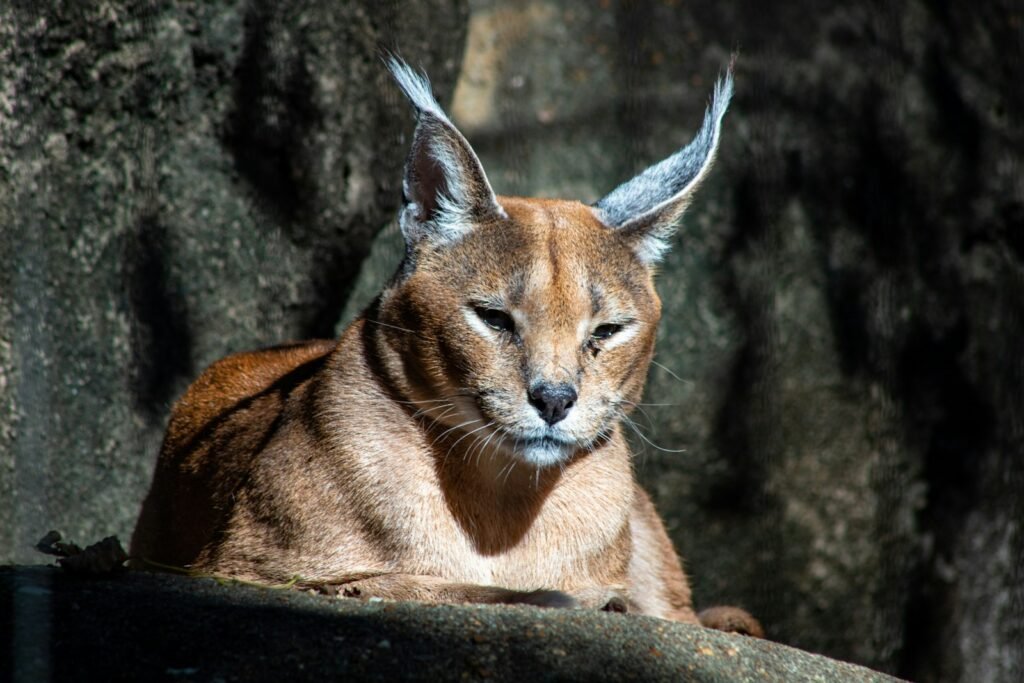
Known for their striking tufted ears, Caracals inhabit various landscapes across Africa and Asia. These medium-sized cats are agile hunters, capable of leaping high into the air to catch birds. Despite their adaptability, they face threats from habitat destruction and persecution by farmers. Conservationists stress the importance of raising awareness and implementing measures to mitigate human-wildlife conflicts.
The Rare Iberian Lynx
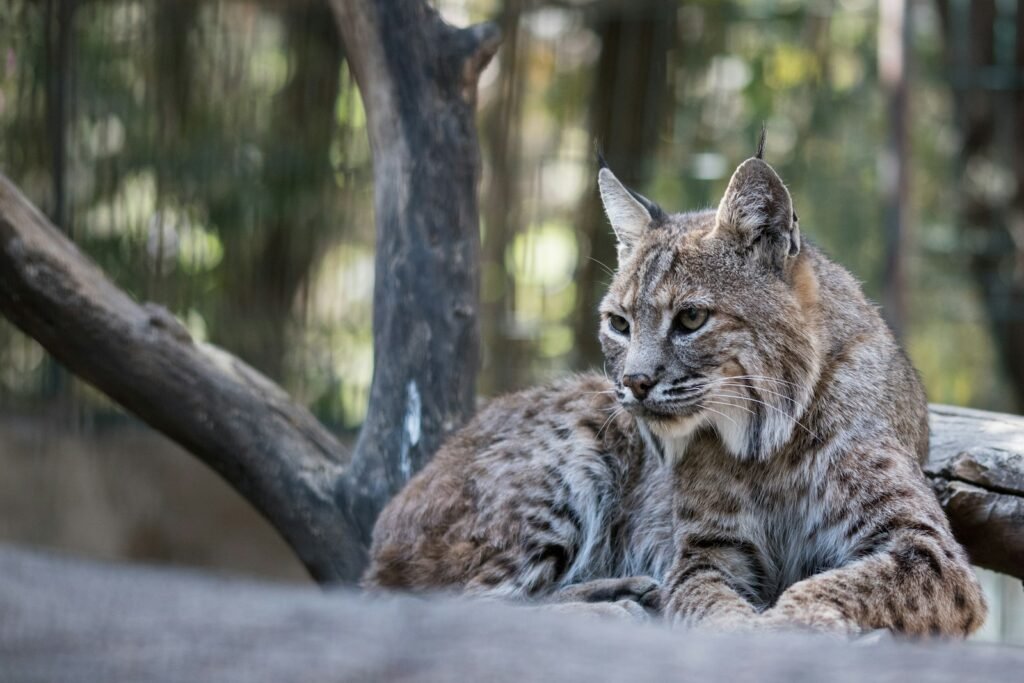
Once on the brink of extinction, the Iberian Lynx has made a remarkable comeback due to intensive conservation efforts. Endemic to the Iberian Peninsula, this species was primarily threatened by habitat loss and a decline in prey. With targeted breeding programs and habitat restoration, their population has increased, although they remain one of the most endangered wild cats in the world.
The Resilient African Golden Cat
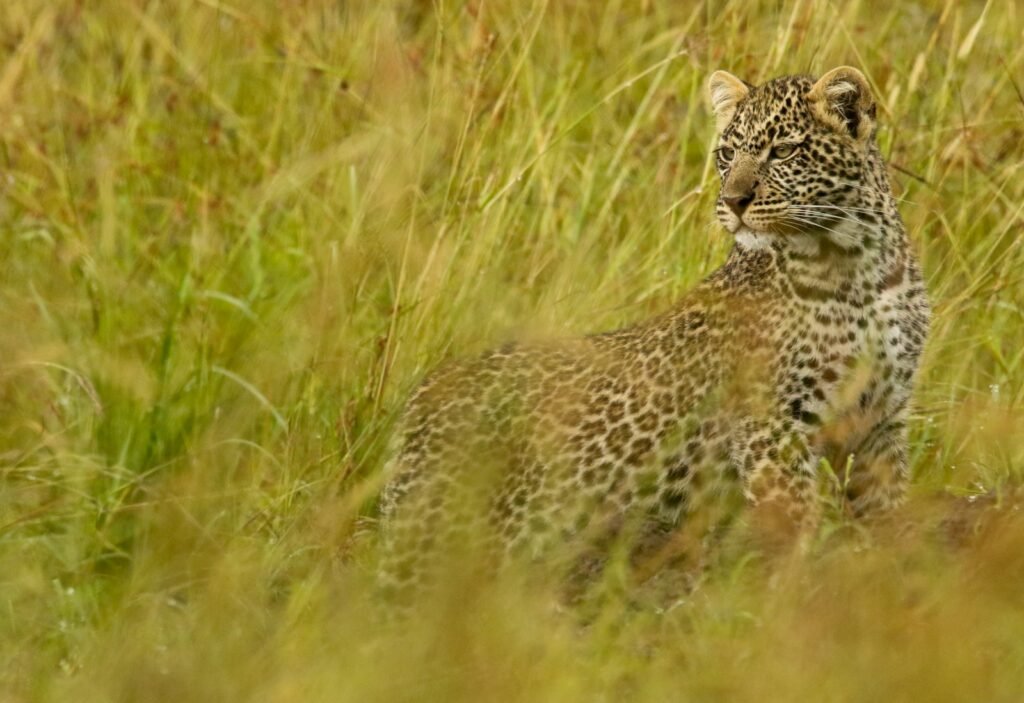
The African Golden Cat is a solitary, elusive species inhabiting the rainforests of equatorial Africa. Despite their elusive nature, they play an important role in the ecosystem by controlling prey populations. Threats such as deforestation and hunting pose significant risks to their survival. Continued research and habitat protection are crucial for their conservation.
The Stealthy Fishing Cat
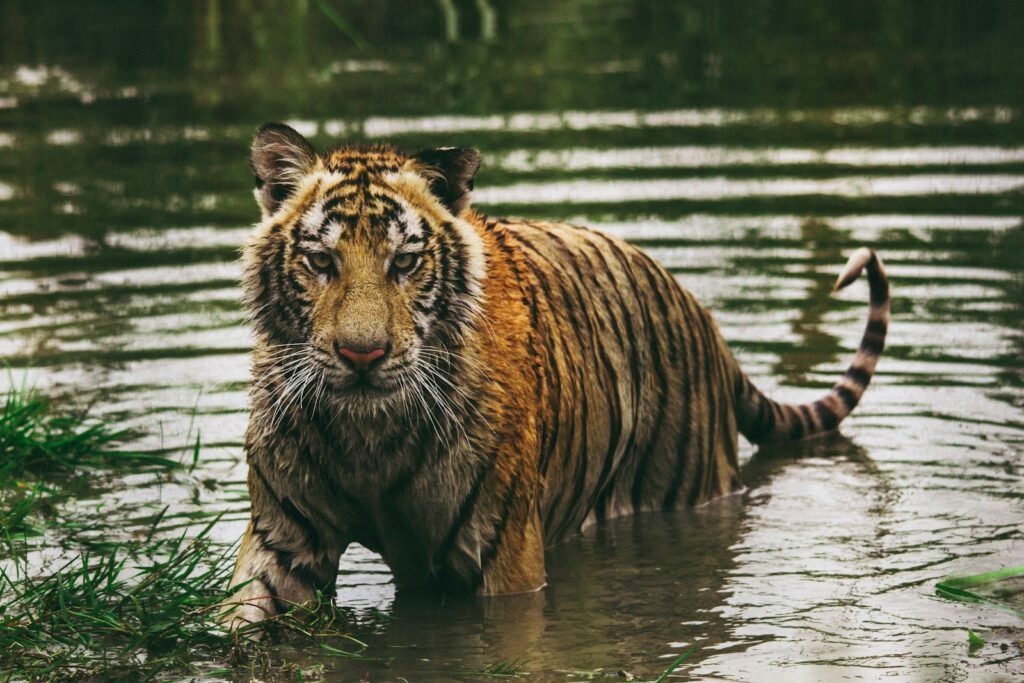
Unlike many cats, Fishing Cats are semi-aquatic, often found near wetlands and rivers across South and Southeast Asia. Equipped with partially webbed feet, they are adept swimmers and efficient hunters of fish. However, wetland destruction and pollution have severely impacted their habitats. Conservation efforts focus on wetland preservation and reducing human impact.
The Illusive Pallas’s Cat
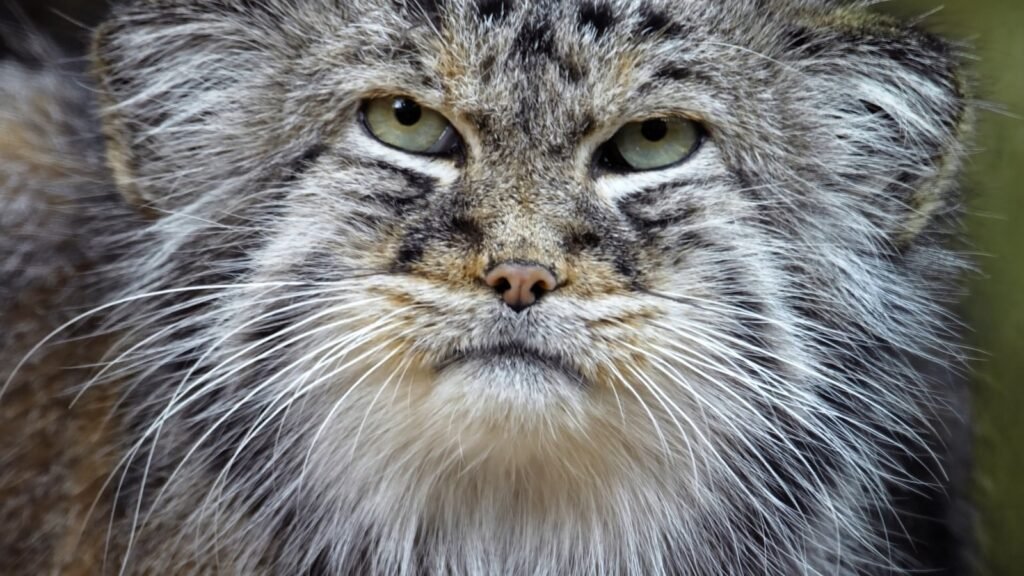
Pallas’s Cat, or the Manul, is a small wild cat species native to the grasslands of Central Asia. Characterized by its stocky build and dense fur, it is well-suited for cold, arid environments. Their declining population is primarily due to habitat degradation and hunting. Conservation efforts include monitoring populations and protecting their natural habitats.
The Shy Andean Cat

One of the rarest and least-known cats, the Andean Cat resides in the Andes mountains of South America. Its small size and dense fur allow it to adapt to high-altitude environments. Classified as endangered, it faces threats from habitat destruction and a limited prey base. Recent conservation initiatives aim to enhance habitat protection and promote coexistence with local communities.
Conclusion
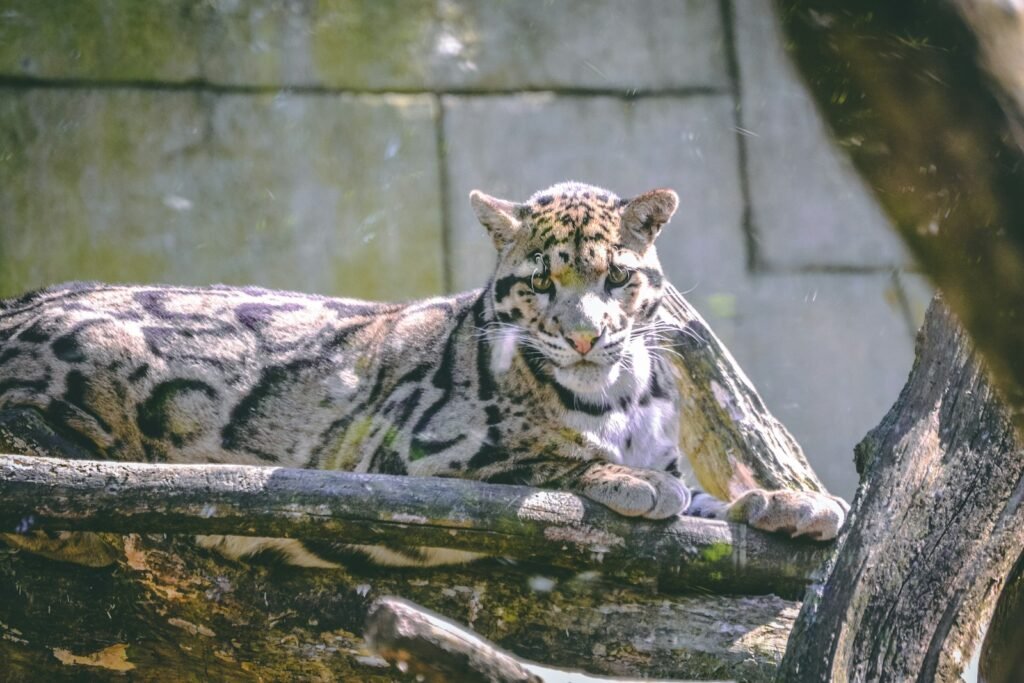
The survival of these lesser-known big cat species hinges on our understanding and action towards their conservation. Each plays a crucial role in maintaining the balance of their ecosystems. By increasing awareness and supporting conservation efforts, we can help ensure these magnificent animals continue to thrive in the wild. Though they may not make headlines like lions or tigers, the existence of these unique cats is vital to biodiversity and holds an important place in the natural world.

Growing up traveling and experiencing new cultures and wonders, I have had a passion for nature, adventuring, photography, and videography. I am currently working towards a BSc in Biodiversity and Ecology at Stellenbosch University, and I hope to specialise in Marine Sciences one day.
Please send any feedback to Feedback@animalsaroundtheglobe.com






